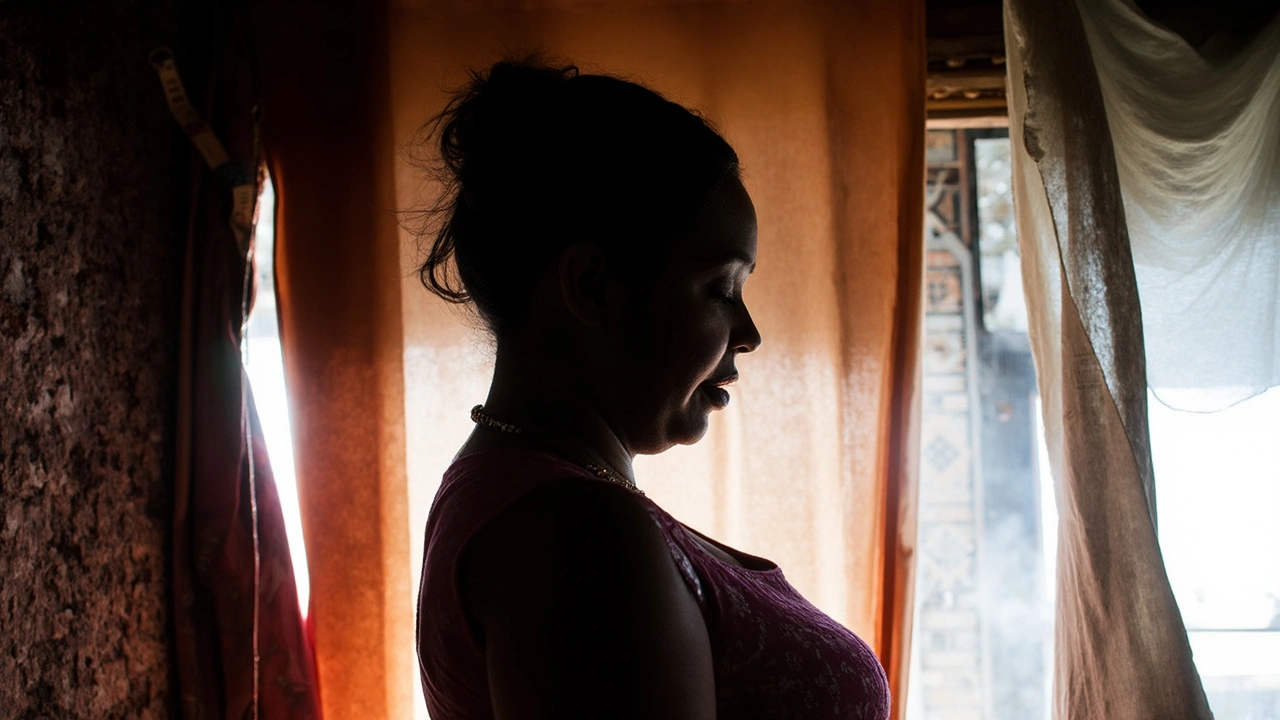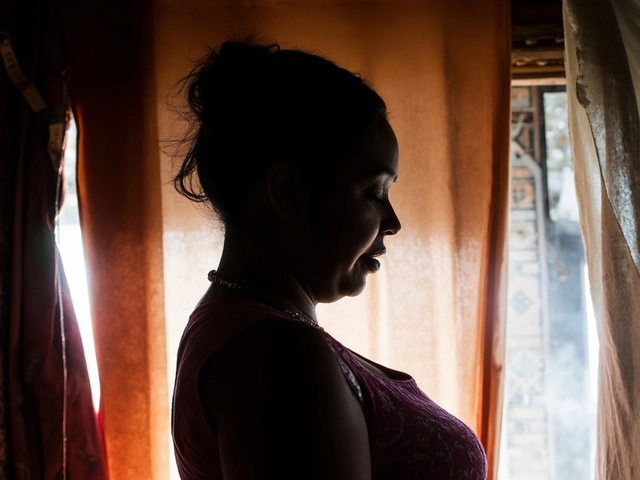The ambitious Kenya-led mission to stabilize Haiti, authorized by the UN Security Council in 2023, is currently navigating a labyrinth of challenges. Launched to aid the Haitian police in curtailing rampant gang violence since 2018, the mission, despite good intentions, seems to be making minimal headway as the scale of the crisis continues to unfold.
Shortfalls and Struggles
Currently, only 400 Kenyan police officers and 150 Guatemalan military personnel are on the ground, substantially short of the intended 2,500 personnel deployment. This shortfall is linked to severe financial constraints and logistical mishaps. A mere $85 million has been pledged against a projected need of $600 million, leaving the mission with a shoestring budget that has stymied effective operations.
Still, the challenge isn't just about the numbers. Armed gangs have only tightened their grip, managing to push over thousands from their homes and causing about 5,600 deaths in the last year. Though there have been some attempts to reclaim critical roads and infrastructure, these efforts have often met fierce resistance.
Coordination and Financial Woes
Commander Godfrey Otunge, one of the key figures in the mission, has spoken about a near-success in capturing notorious gang leader Jimmy Chérizier, highlighting sporadic successes in coordination with Haitian forces. However, the reality on the ground showcases a stark picture of violence and chaos.
Financial difficulties aren't the only impediments. Delays in building necessary infrastructure like barracks have kept new deployments at bay. Communication gaps with the French-speaking population have further complicated the situation, coupled with domestic protests back in Kenya questioning the involvement.
Internationally, promised support remains largely symbolic. Nations like the Bahamas, Belize, and El Salvador have indicated willingness but remain absent. The U.S., while contributing over $300 million and transporting tons of supplies, still finds that significant resources haven't effectively reached the ground.
There’s growing rhetoric from critics who argue that the mission’s current form might be too limited to tackle such an entrenched issue. They suggest that a UN-led peacekeeping force could provide the necessary scale and funding, eliminating existing gaps.
Voices within Haiti, including renowned civil society leaders like retired Colonel Himmler Rébu and RNDDH Director Pierre Espérance, call for a different approach. They advocate for potential internal solutions, expressing doubt over foreign interventions, which historically have had mixed outcomes.
As debates continue about whether to remodel the mission or potentially replace it with a more robust, possibly Haitian-led effort, one thing is clear: without significant changes, the path to peace in Haiti remains fraught with uncertainty.






Post A Comment